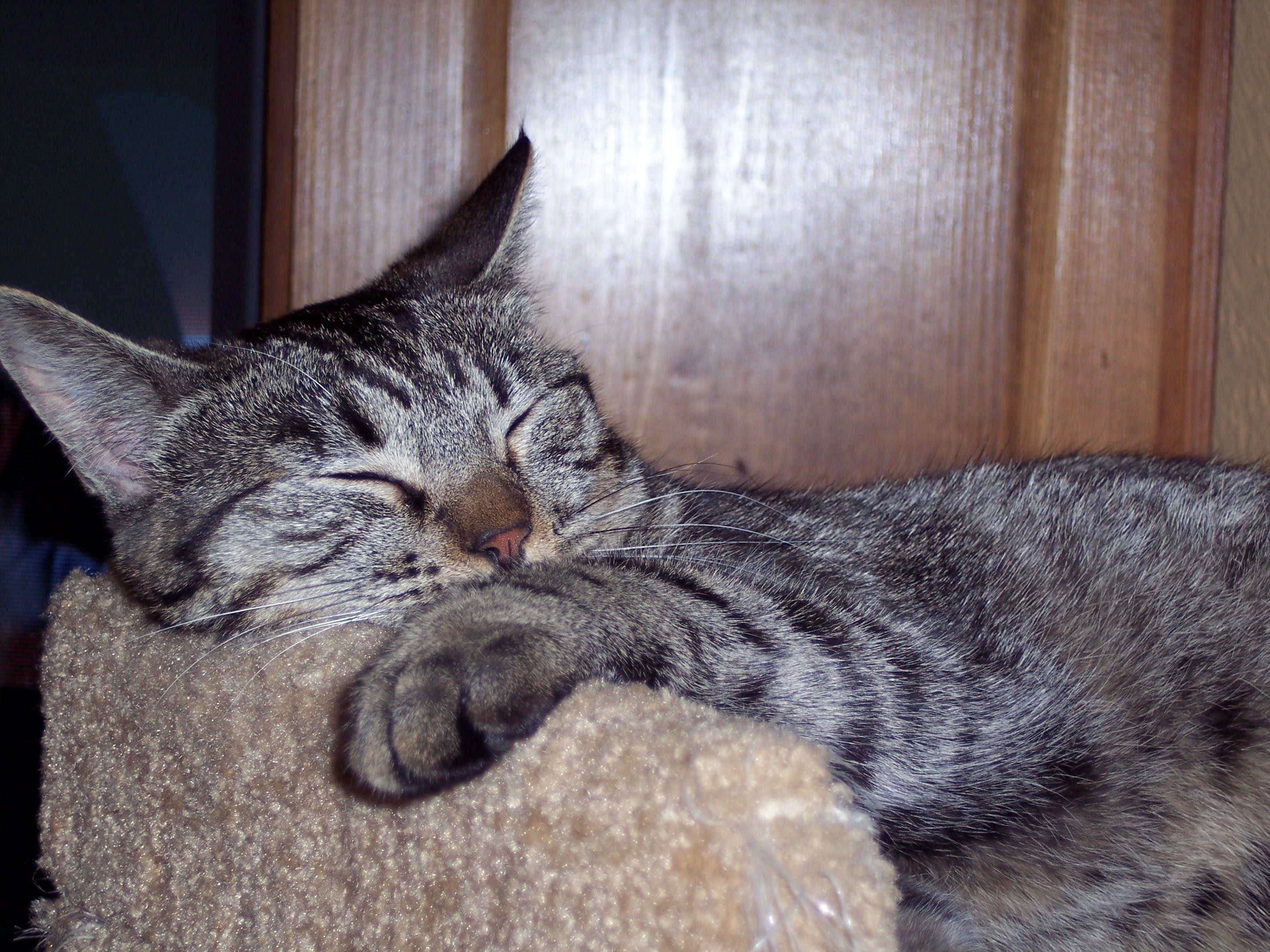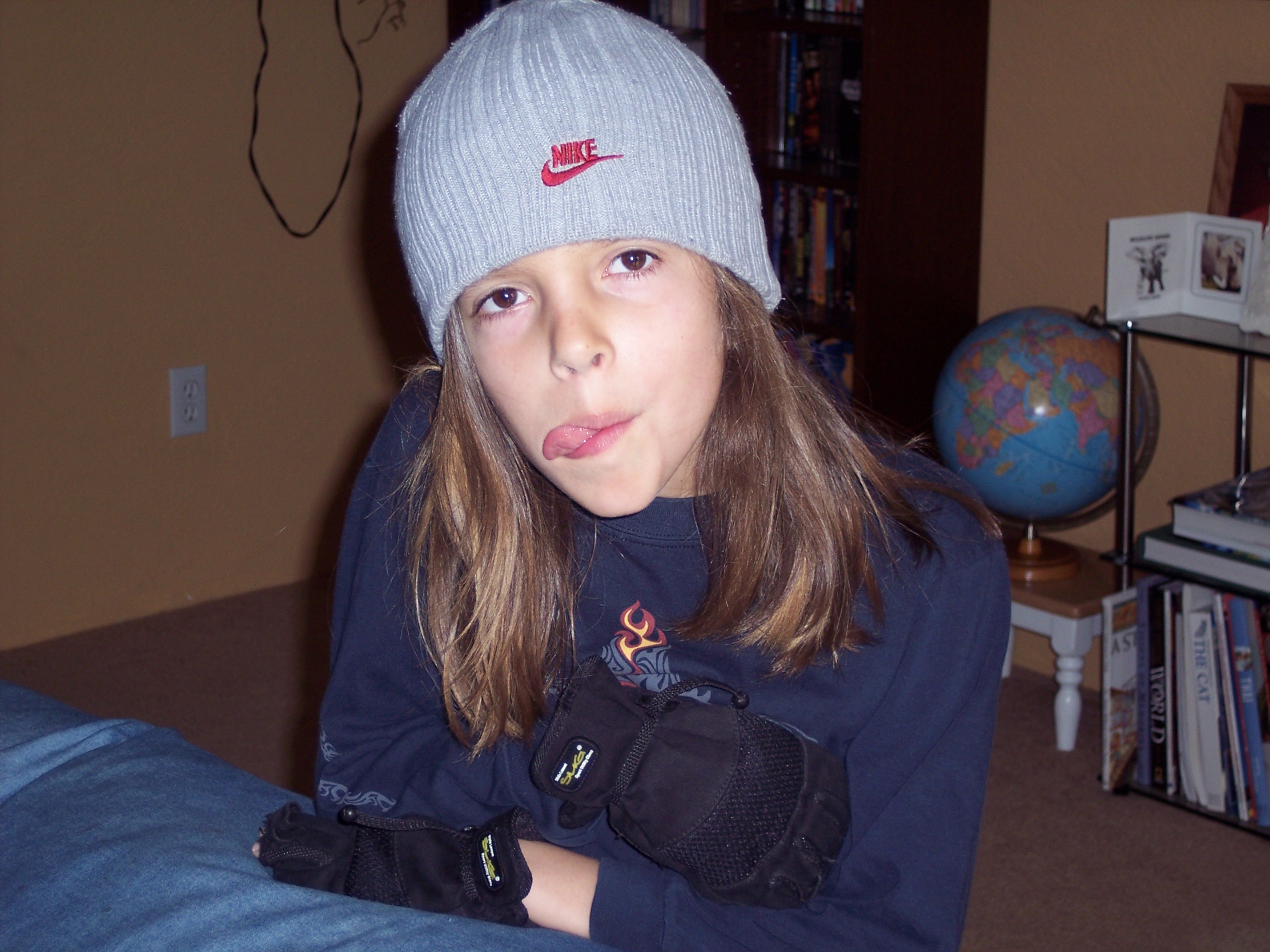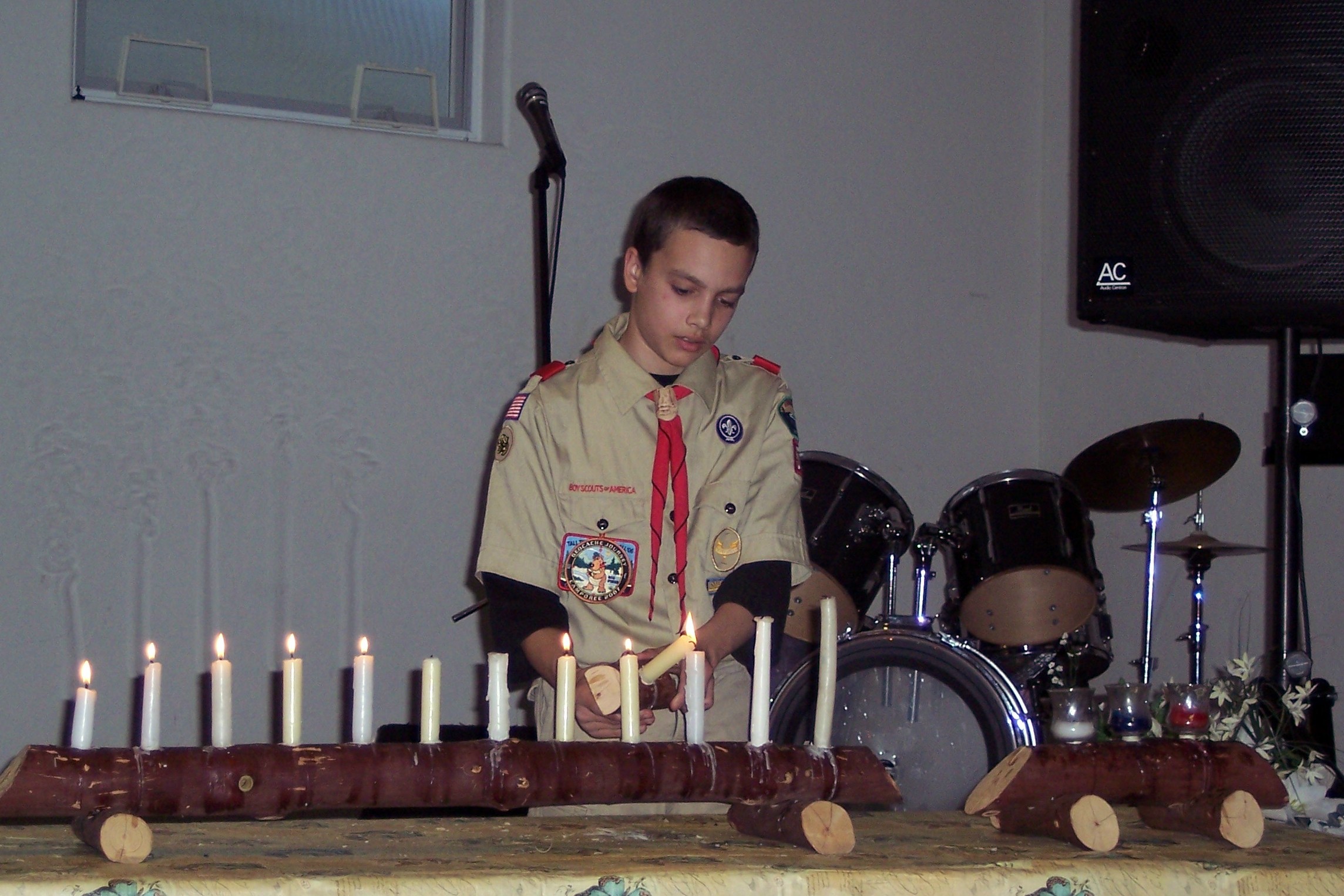Nigel had a pet mouse for six months. It was the cutest little beige-colored furry thing. It was his own responsibility to feed him and change his bedding and water, which he faithfully did. Nigel named him Jonathan after Jonathan Brisby in The Secret of NIMH, one of his favorite movies and books. He told me that he held Jonathan every night for five minutes before going to sleep. One morning last week I noticed that Jonathan was curled up in a ball on the floor of his cage and not visibly breathing.
It has been interesting to me over the years to see the progression of Nigel’s acceptance of death. His first experience was at the age of nine, when our first cat, whom we all loved, was hit by a car a mere 50 feet from our house and instantly killed. Our neighbors called to let me know, and I brought the cat into our backyard. I went inside to tell Nigel and Aidan, who had very different reactions. Aidan began sobbing, and as I consoled him, Nigel became very angry and stormed out to the backyard. I hated to leave Aidan as he was, but I had an even worse feeling about Nigel’s state. I found him pulling his bike out of the shed, buckling his helmet (odd that he had remembered), and about ready to ride off, saying, “I’m going to find whoever killed Max and kill them for revenge!” After my initial shock over the length and complexity of his sentence, rare at that age, I somehow was able to diffuse his anger and help him let go of his need for revenge.
Several months later, Nigel and Aidan’s great-grandfather died. He lived a few hundred miles away, and they had only seen him twice, but they sure loved that man. I think Nigel internalized his sadness because he didn’t know how to deal with it. Sometimes now, three years later, he’ll come up to me an hour after his bedtime to say, “I keep thinking about my great-grandfather.” That’s good, I tell him. That way you’ll always remember him. But I’m sure that right now he would want you to get some sleep.
About two months ago, we had another cat die. He was a day-time roamer, but he always came home every evening. I think someone in the neighborhood got tired of him coming in their yard, trapped him, and dumped him on the other side of the highway that runs through town. I found him three weeks later, but he appeared to have been dead for just a week or so. He had been hit on the highway on his way back home to us, loyal cat that he was. So I brought him home to bury him, and Nigel calmly helped me.
He tells me all the time that he misses that cat, but he has never indicated a desire for revenge, which I am glad to see. And even though I haven’t seen him cry about the death, I know he is dealing with the emotions surrounding it. Last month my father had surgery to remove a tumor, and when I told Nigel about it, he said, “Well, if he dies, just don’t tell me.” At first it sounded like he was being calloused, but I knew what he meant. He didn’t want to know about it because he didn’t want to feel the sadness again. And he knew it would be worse this time.
I am happy to report that my father came through surgery and is recovering very well. Jonathan the mouse, however, didn’t make it. And so, I tried to think of the best way to tell Nigel. I thought of saying, “Have you checked on Jonathan today?” or “I think something’s wrong with Jonathan,” but I settled on the more direct, “Nigel, I’m sorry to tell you this, but Jonathan died in his cage.” When I said it, Nigel stiffened; I could tell that it shocked him. But then he said, “Well, rodents have a short life span.” He went to go look at the mouse, and I asked him if he wanted to help bury him. “No. That would cause too much sadness.” So I did it myself, reflecting on his ability to identify his emotions and knowing what his limits are with how much he can handle. I think that’s pretty amazing. I wish I could have that outlook on my whole life.




